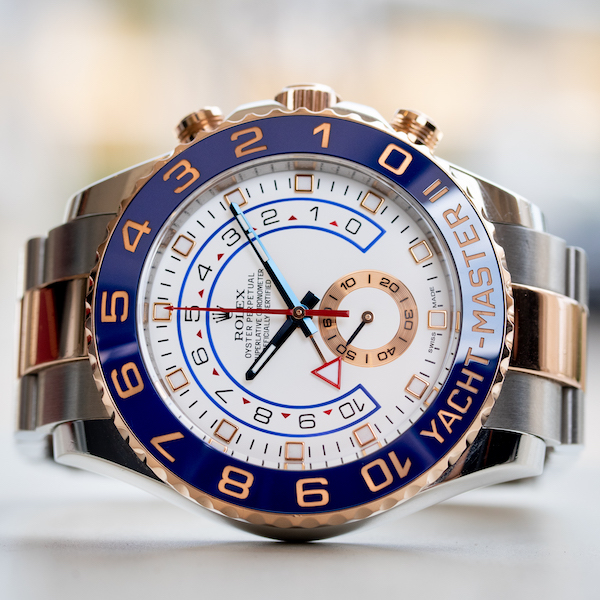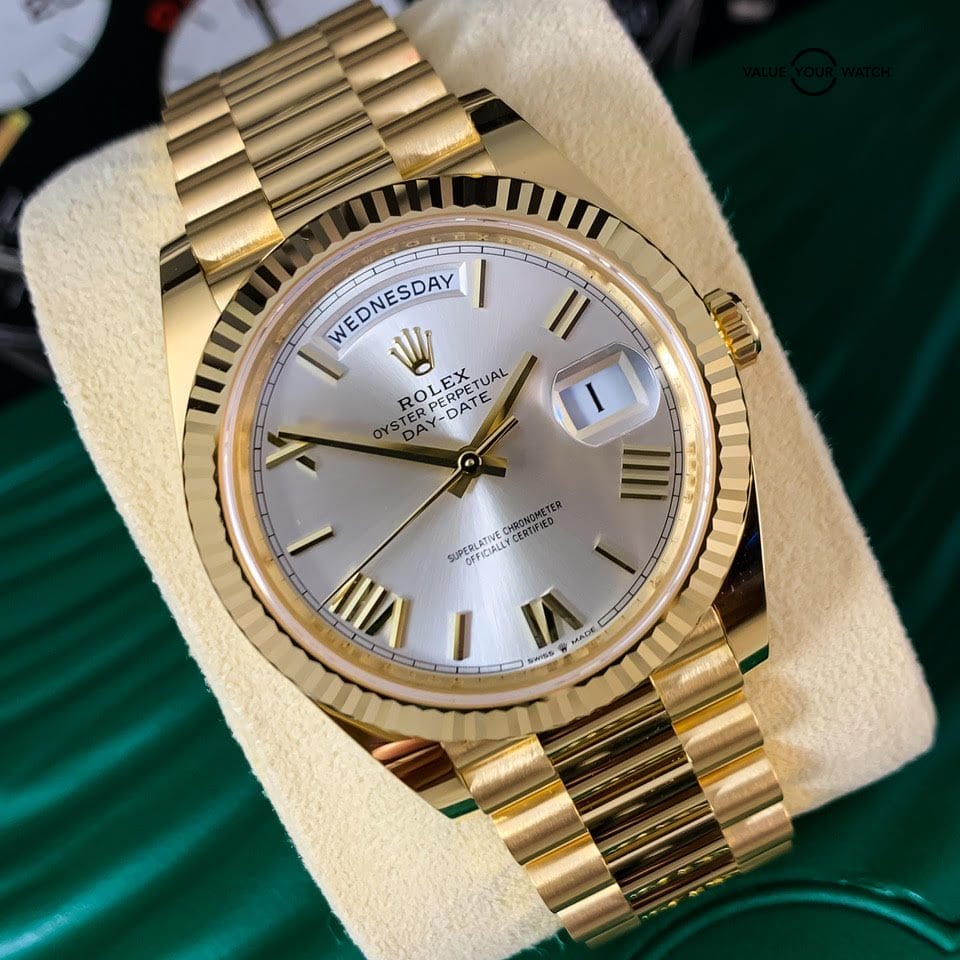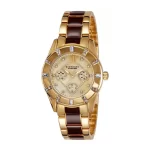Introduction
Are watches good investments? Investing in watches has become increasingly popular in recent years, with some watches fetching prices in the millions at auction. But are watches really a good investment? In this article, we will explore the potential benefits and drawbacks of investing in watches, and provide insights into what makes a watch a worthwhile investment.
Part 1: The Benefits of Investing in Watches
Level 1: Appreciation in Value
Watches, especially those from luxury brands such as Rolex, Patek Philippe, and Audemars Piguet, have a track record of appreciating in value over time. Limited edition or vintage watches can fetch significantly higher prices as they become more scarce, making them a potentially lucrative investment.
Level 2: Tangible Asset
Unlike stocks or other financial instruments, watches are tangible assets that can be enjoyed and appreciated on a daily basis. Collectors often derive great pleasure from owning and wearing their timepieces, making them a unique investment opportunity.
Part 2: The Drawbacks of Investing in Watches
Level 1: Volatility in the Market
The market for watches can be highly volatile, with prices fluctuating based on consumer demand, economic factors, and other variables. This can make it challenging to predict the future value of a watch, leading to potential losses for investors.
Level 2: Maintenance and Upkeep Costs
Owning and maintaining a valuable watch can be costly, with regular servicing, insurance, and storage fees adding up over time. If not properly cared for, a watch’s value can diminish, making it a less attractive investment option.
Part 3: Factors to Consider When Investing in Watches
Level 1: Brand Reputation
The reputation of the brand is a key factor in determining the investment potential of a watch. Established luxury brands with a strong heritage tend to hold their value better than newer or lesser-known brands.
Level 2: Rarity and Exclusivity
The rarity and exclusivity of a watch can greatly impact its investment potential. Limited edition or discontinued models are often in high demand among collectors, driving up their value in the secondary market.
Part 4: Tips for Investing in Watches
Level 1: Research and Due Diligence
Before investing in a watch, it’s important to conduct thorough research and due diligence. This includes studying market trends, consulting experts, and familiarizing oneself with the history and provenance of the watch in question.
Level 2: Diversification
Diversifying a watch collection can help mitigate risk and maximize potential returns. Investing in a range of brands, styles, and vintages can provide a well-rounded portfolio that offers exposure to different segments of the market.
Part 5: Potential for Price Appreciation
Investing in watches also offers the potential for price appreciation over time. For example, the Rolex Daytona, originally priced at around $200 in the 1960s, can now fetch hundreds of thousands of dollars at auctions. This demonstrates the potential for watches to appreciate in value, making them a potentially lucrative investment for collectors.
Part 6: Diversification in Investment Portfolio
Including watches in an investment portfolio can provide diversification, which can help reduce overall investment risk. While stocks, bonds, and real estate can be volatile and susceptible to market fluctuations, the value of watches tends to be more stable and less affected by market trends. This can help balance out an investment portfolio and provide a hedge against economic downturns. Additionally, watches can offer a tangible asset that provides a sense of security and stability in an investment portfolio.
Part 7: Preservation of Wealth
Watches are often seen as a means of preserving wealth. Unlike some investments that can be affected by inflation, economic instability, or changes in currency value, watches offer a physical and durable asset that holds value over time. This makes them a particularly attractive option for investors looking to safeguard their wealth. In times of uncertainty, watches can provide a safe haven for wealth preservation and can be easily liquidated if necessary. Additionally, watches can be passed down through generations, making them a valuable asset for preserving and transferring wealth within a family.
Part 8: The Importance of Condition in Watch Investments
When considering investing in watches, one crucial factor to consider is the condition of the timepiece. The condition of the watch can significantly impact its value and potential for investment. A watch in mint condition with all its original parts and minimal signs of wear will typically demand a higher price and have better investment potential than a watch that has been heavily used or has undergone significant repairs.
Collectors and investors are often willing to pay a premium for watches in excellent condition, as these pieces are increasingly rare to find. Conversely, watches with signs of significant wear, damage, or non-original parts will generally be less appealing to potential buyers and have lower investment potential. Therefore, when assessing the investment potential of a watch, it is essential to carefully evaluate its condition and factor this into the investment decision.
From classic styles to modern and innovative designs, there is a Girodano watch to suit every taste. Their attention to detail in the design process is evident in every timepiece, from the shape of the hands to the placement of the hour markers. In summary, when it comes to making watches a part of your investment portfolio, always remember the significance of the watch’s condition, provenance, and documentation. These factors can greatly impact the investment potential of a timepiece and should be carefully considered when making investment decisions.
Part 9: Diversifying Your Investment Portfolio with Watches
Diversification is a fundamental principle of investment, and incorporating watches into your investment portfolio can be a way to diversify and potentially mitigate risk. In a well-rounded investment portfolio, it is essential to include a range of assets such as stocks, bonds, real estate, and alternative investments like watches.
Watches, as tangible assets, can offer a different investment opportunity compared to traditional financial instruments. While stock and bond markets can be subject to fluctuations and economic downturns, the value of high-quality, sought-after watches can remain relatively stable or even appreciate over time.
By diversifying your investment portfolio with watches, you can reduce dependence on the performance of a single asset class and spread out risk. Additionally, the potential for significant returns in the watch market can make it an attractive addition to an investment portfolio.
Conclusion
When considering watches as part of your investment portfolio, it is essential to conduct thorough research and seek the advice of experts in the field. Understanding the market trends, brand reputation, and historical performance of specific watch models can inform your investment decisions and help you build a diversified and resilient investment portfolio.
Are watches good investments? In conclusion, by diversifying your investment portfolio with watches, you can potentially benefit from the stability and appreciation of tangible assets and reduce risk through a balanced and diversified investment strategy. Investing in watches can be a rewarding pursuit for those who have a passion for horology and a keen eye for value. While there are potential drawbacks and risks associated with watch investments, the potential for appreciation in value, the joy of owning a tangible asset, and the allure of rare and exclusive timepieces make watches a compelling investment option for many collectors and enthusiasts. With careful consideration, research, and a long-term perspective, watches can indeed be good investments. However, it’s important for investors to be mindful of the potential pitfalls and to approach watch investment with caution and prudence.

.jpg)



